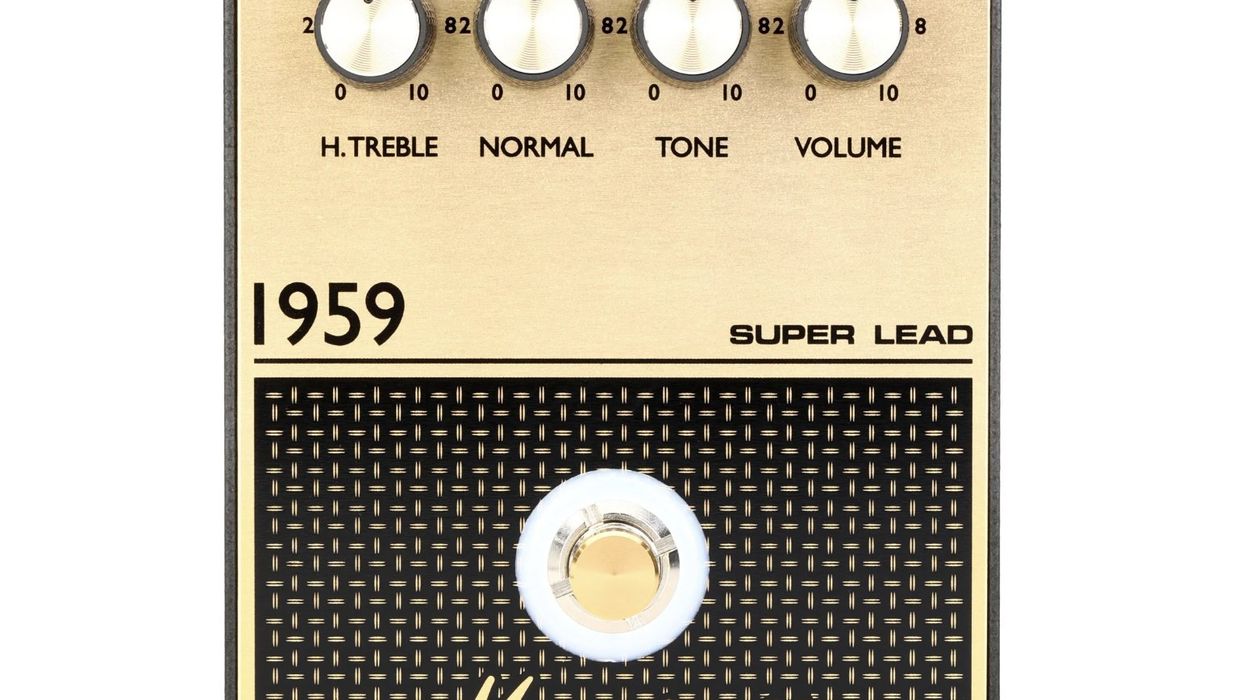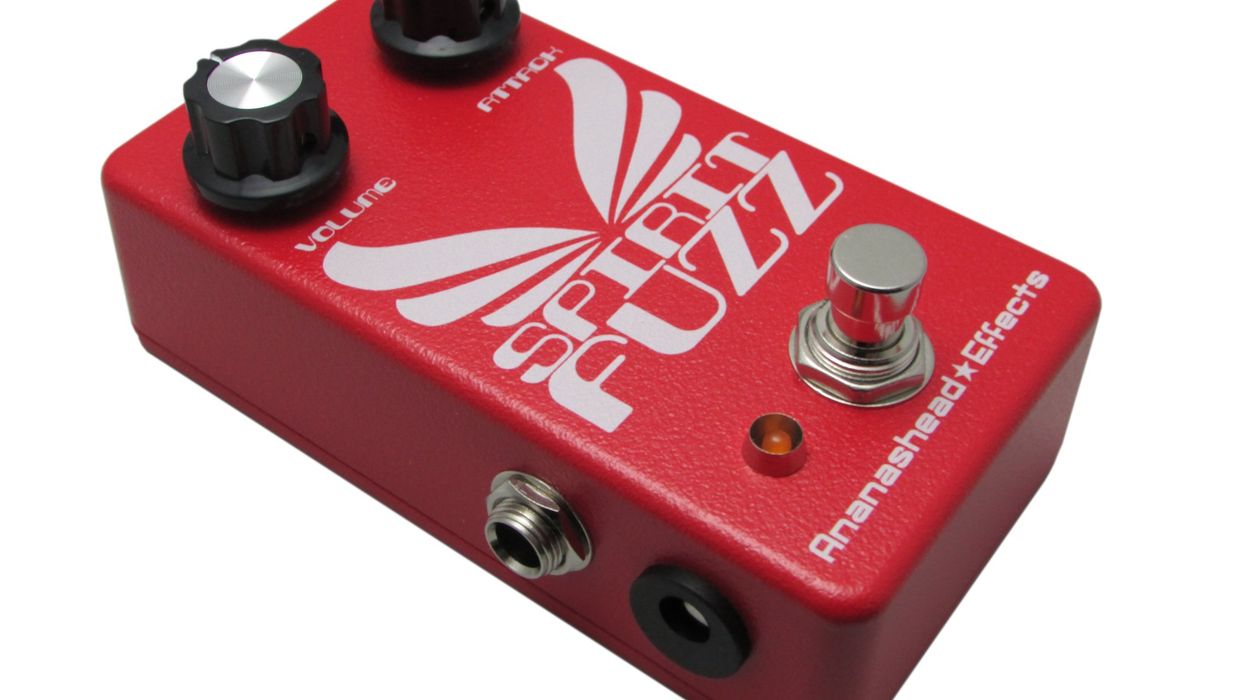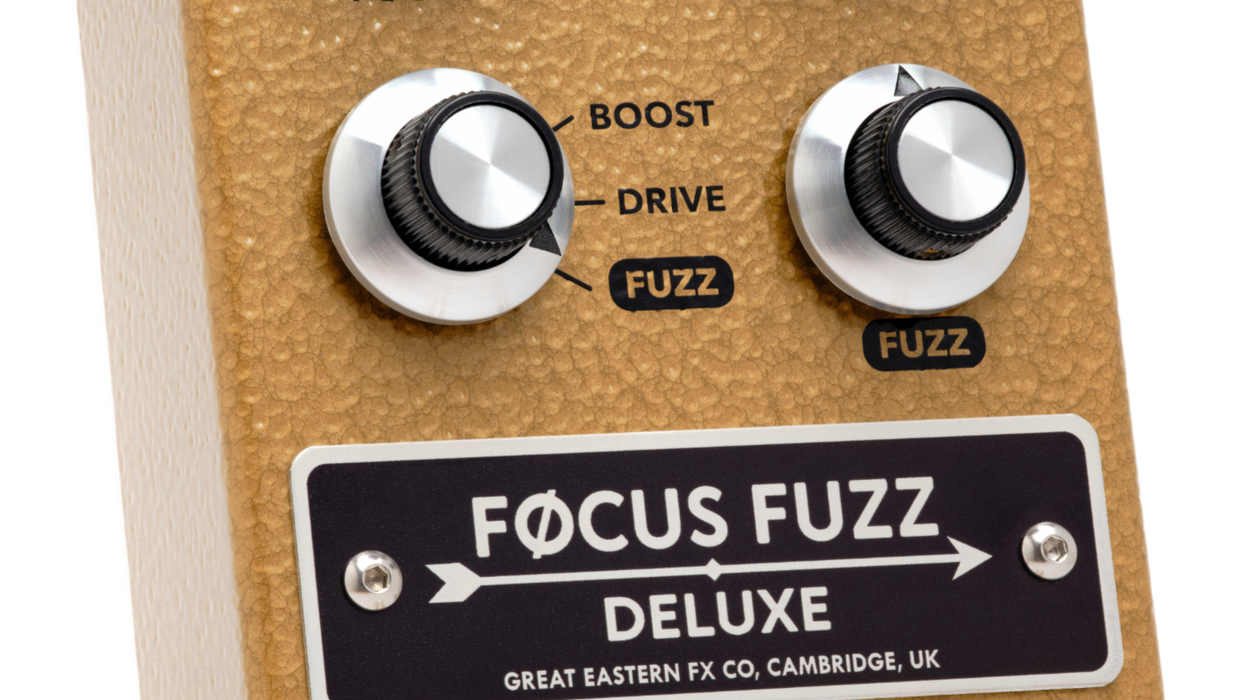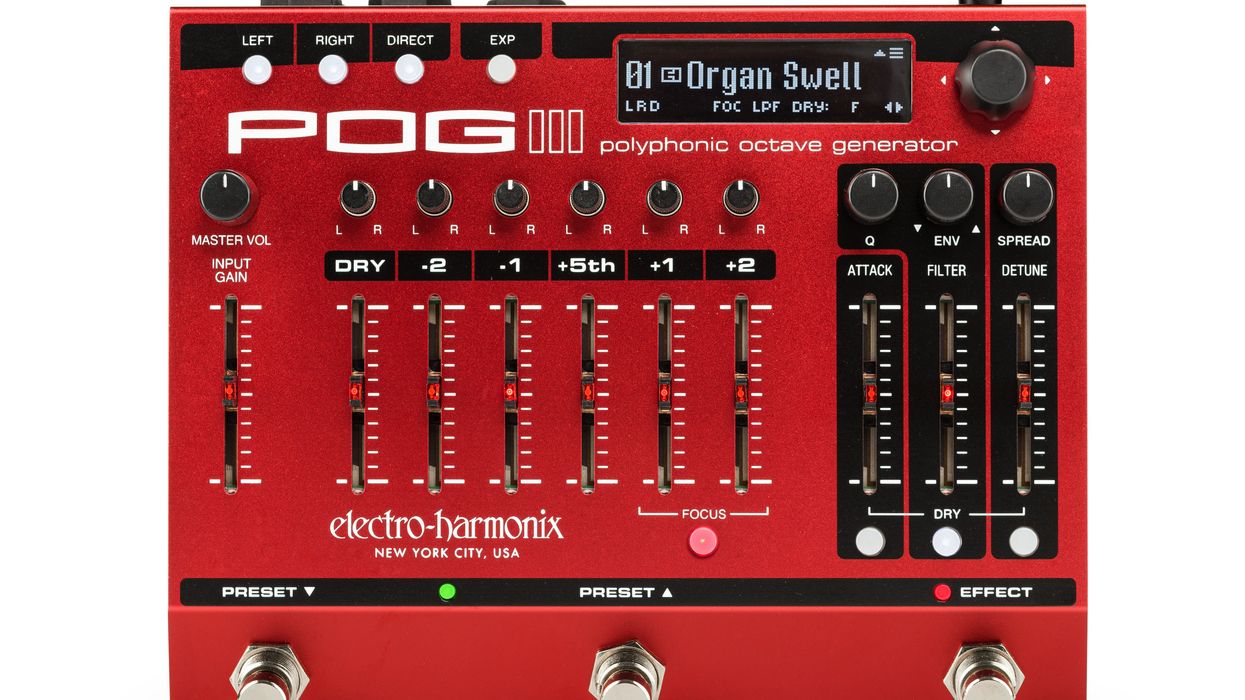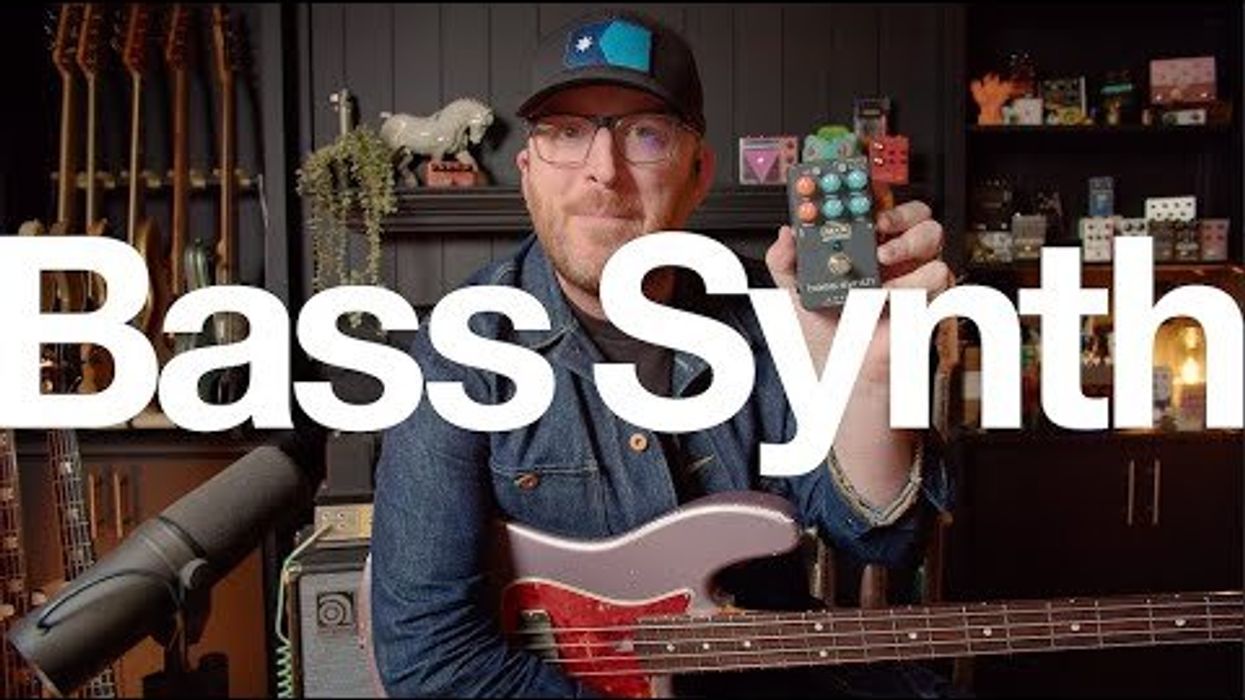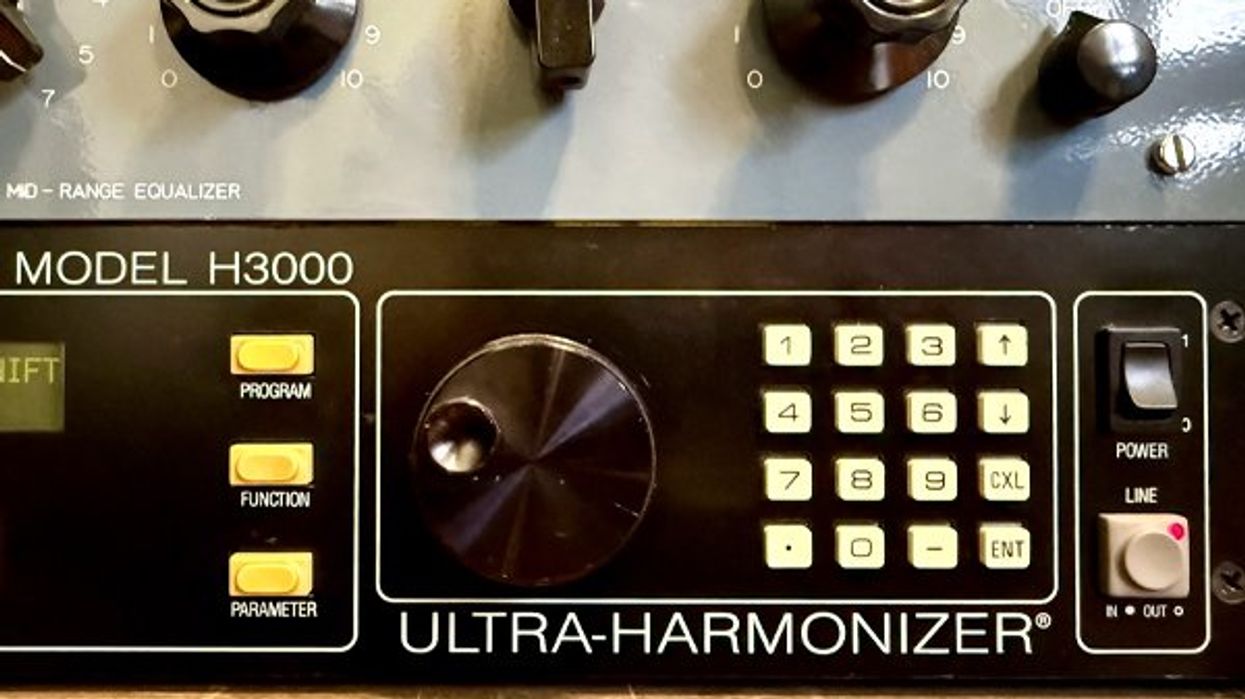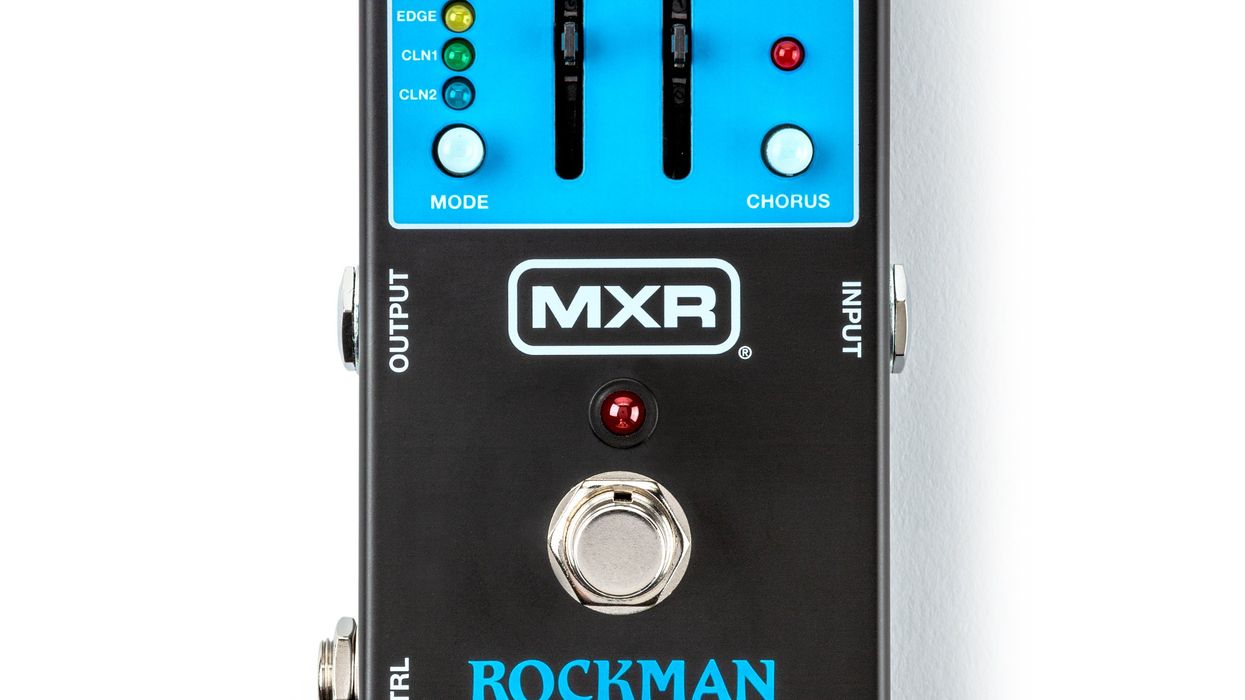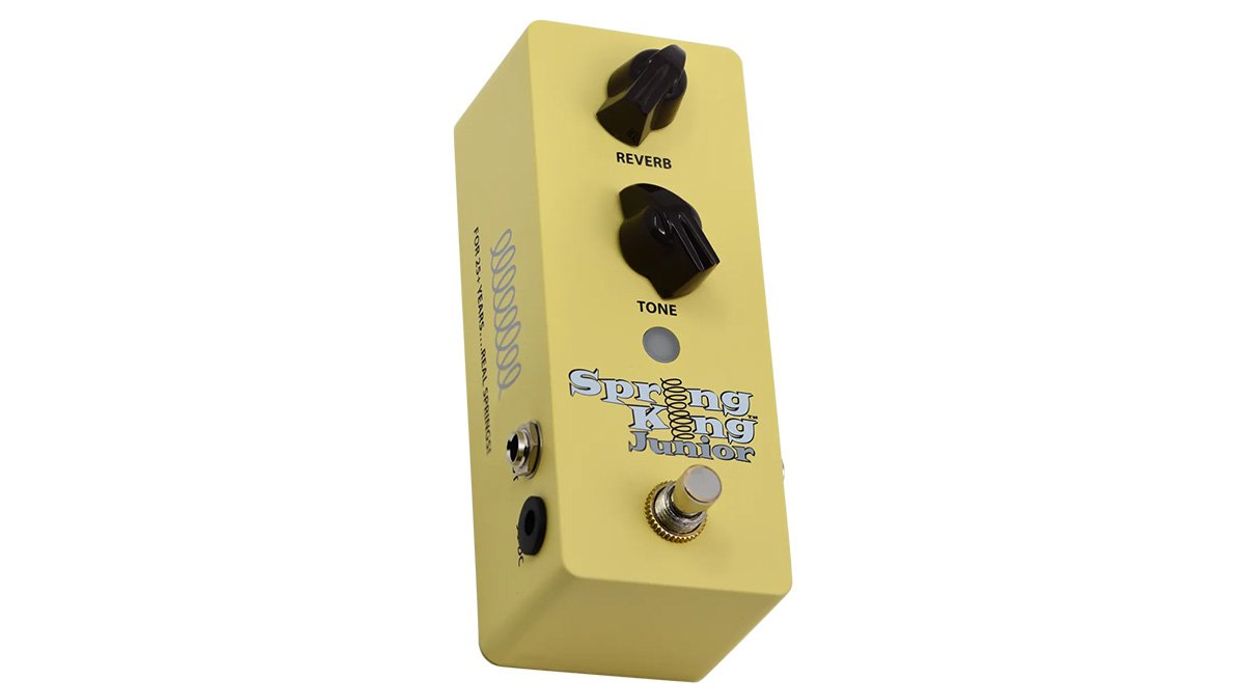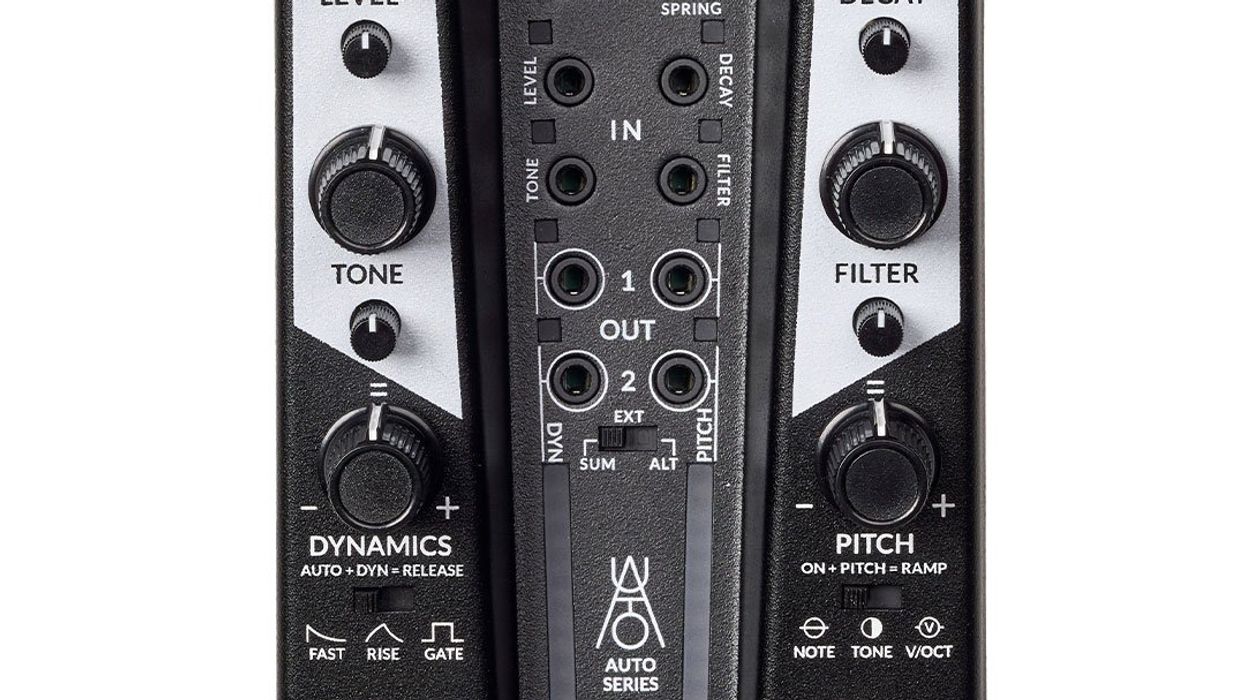Search
Latest Stories
Start your day right!
Get latest updates and insights delivered to your inbox.
Effects
Effects reviews. Guitar effects are devices that affect your guitar’s amplified sound by processing the signal through a circuit before sending it on to its final destination, whether that’s an amplifier, a computer workstation, or a PA.
Don’t Miss Out
Get the latest updates and insights delivered to your inbox.
Popular
Recent
load more
